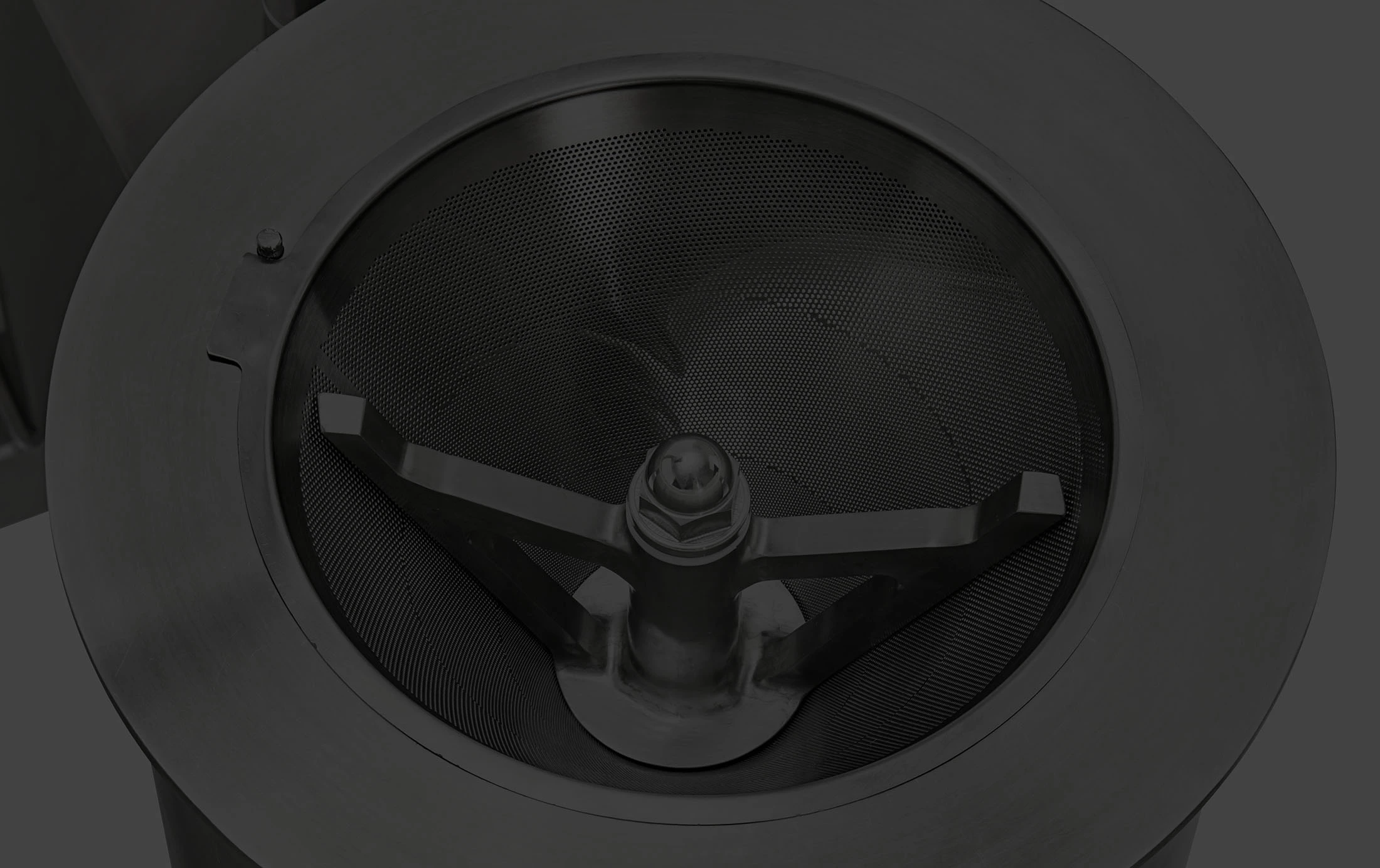An International Pharmaceutical manufacturer of Oral Solid Dosage (OSD) products performed side-by-side trials to evaluate the performance of two distinct Conical mill technologies. The primary objective was to improve the dissolution rates of their “fast-acting” pharmaceutical products, which are designed to deliver rapid therapeutic effects upon ingestion.
Discover how the Quadro® Comil® can offer benefits to 'loss on drying' rates and improve particle size distribution in the wet granulation process.
Challenges in the Wet Granulation Process for Pharma OSD
The customer’s target was to have 40% tablet dissolution in 1 minute and 50% or more within the first 2 minutes after ingestion. With full dissolution occurring in 5 minutes. This was required to ensure the efficacy of the product met the intended level.
The customer was looking for improvements in tablet solubility (without affecting efficacy) as their existing process was producing tablets that were reaching only 40% dissolution in 2 minutes – a much longer dissolution time than the target. After eliminating several different variables in the process, that would not affect efficacy and remain compliant with their FDA filing, the customer turned their attention to the process equipment.
The Pharmaceutical company was using Wet Granulation as their OSD process. As investment in a new Granulation suite was their last resort, the customer turned their attention to the milling components to see if improvements to the tablet performance could be gained by making changes to the powder condition through the mill.
A Wet Granulation suite typically utilizes two conical mills. A “wet” mill to delump and condition the wet mass coming out of the granulator and a “dry” mill to calibrate the final granules to the desired Particle Size Distribution (PSD) as they come out of the Fluid Bed Drier.
Improving Tablet Dissolution With a Quadro® Comil®
The customer ran several batches of the same product through their Wet Granulation system with their existing conical mill and then repeated the same granulation batches with a U20 Quadro® Comil®. The formulation comprised 40 kgs of water and 180 kgs of powder (APIs and Excipients) which created a starting 27% moisture content.
Once the batches were processed through the two mills, the customer compared:
- the Loss on Drying (LOD),
- Particle Size Distributions (PSDs) and
- Tablet dissolution rates.
Comparison of Existing Conical Mill With Quadro® Comil®
Across the whole Wet Granulation process, both the existing conical mill and the U20 Quadro® Comil® performed similarly in terms of output, at 150 kg/hr and 160 kg/hr respectively. The improvement witnessed with the Comil® was attributed to the higher open area design of the tooling (screens and impeller designs specifically optimized for wet mass delumping).
Loss on Drying:
The LOD levels achieved differed between the two mills. Product processed through the existing mill showed a 4-8% LOD whereas the material processed with the Comil® registered a 3-5% LOD, which is considered to be the sweet-spot range. Studies show that higher loss on drying (LOD) percentages result in tablets having lower tensile strength [1] [2].
Higher moisture content (which is different than LOD) is also known to change milling results and contribute to a higher number of fines [3]. Furthermore, it can also affect powder flowability [4]. Too much moisture can cause agglomeration of fine particles and result in a poor performing tablet.
The performance of the Comil® during wet milling (prior to the Fluid Bed Dryer) was deemed as a key contributor to the drying efficiency. The Comil’s wet-screen designs ensure the wet granules entering the Fluid Bed Dryer are as equally sized as possible. Reducing the percentage of “small” and “oversized” lumps, ensures a consistently dried product. Small granules will result in very hard “over-dried” particles that will generate a lot of fines when dry-milled [5]. Whereas oversized granules could still have moist centres at the end of the drying cycle, which could smear the screen during the dry milling step.
Particle Size Distributions:
Side-by-side plots of the Particle Size Distributions from material processed through the existing conical mill and the Quadro® Comil® showed the Comil® delivered a reduction in fine powders (Comil® produced approximately 30% fewer fines, under 200 mesh, than the existing conical mill). Fine powders are usually characterized for being outside the 20 to 200 mesh PSD target (Figure 1).
Figure 1.
Tablet Dissolution Rates:
Dissolution results between material processed with the existing conical mill compared to the Quadro® Comil® varied too. Tablets produced with material passed through the existing conical mill had a 40% dissolution rate after 2 minutes, with 100% dissolution in 5 minutes.
Tablets made from material processed through the Quadro® Comil® had a 45% dissolution rate after 1 minute, 70% at the 2-minute interval and 100% dissolution at 5 minutes (Figure 2), which exceeded the customer’s target.
Figure 2.
Summary of Results
The customer had faced challenges achieving tablets that would meet the targeted “fast acting” efficacy, hence performing several trials with two conical mills.
After completing the side-by-side assessments of material processed through their existing conical mill and the Quadro® Comil®, results indicated that the milling characteristics of the Quadro® Comil® outperformed the original mill in two critical aspects: Loss on Drying (lower percentages) and Particle Size Distributions (fewer fines). Both of these parameters have been cited in numerous publications to be contributors to the flowability of powders and the robustness of tablets.
The customer was able to confirm that improving these two parameters resulted in meeting their targeted tablet dissolution rates. Hence the customer was able to improve the efficacy of the tablet for the patients by installing the Quadro® Comil® into their OSD suite.
